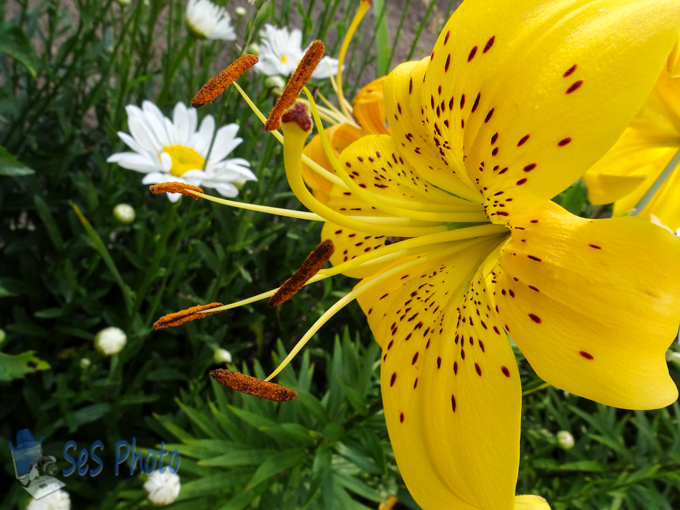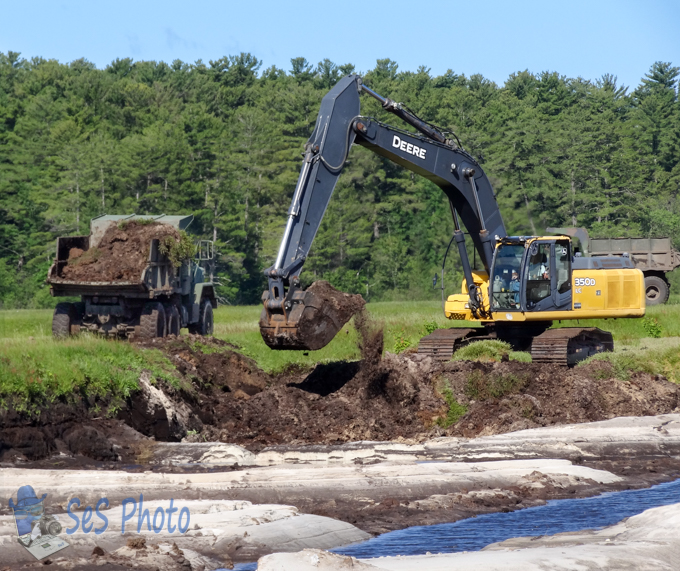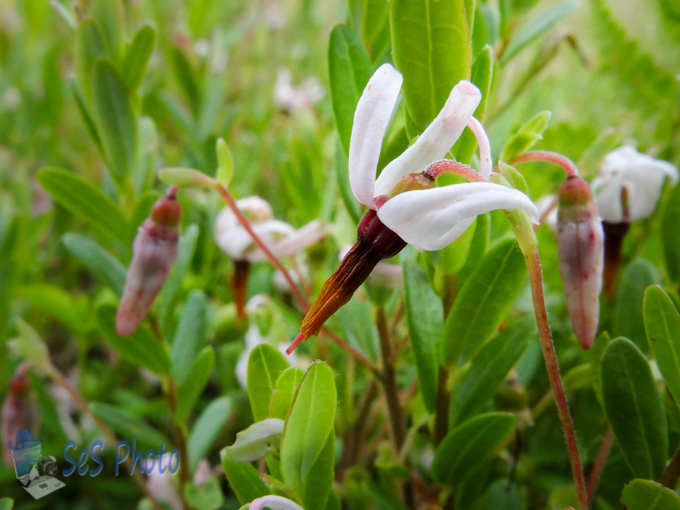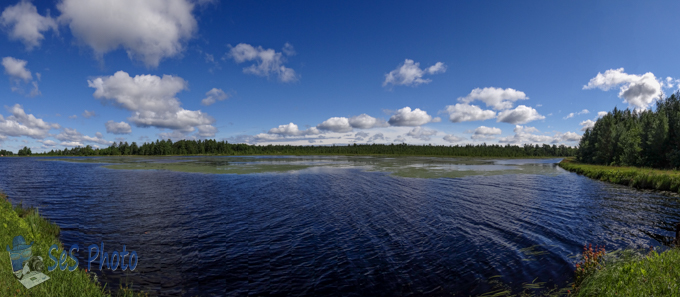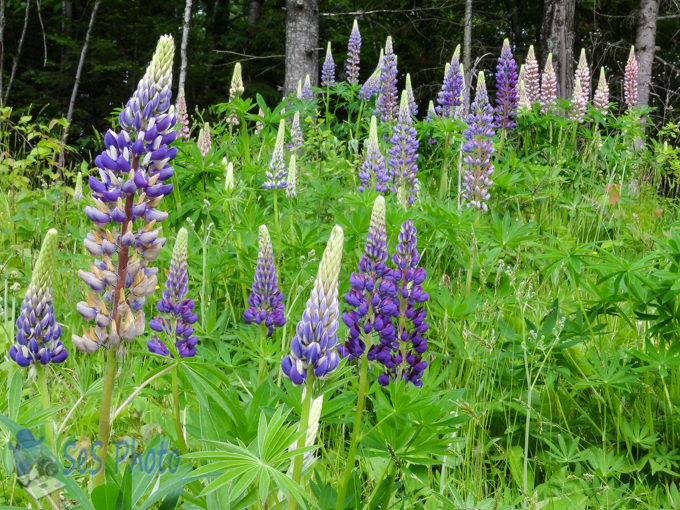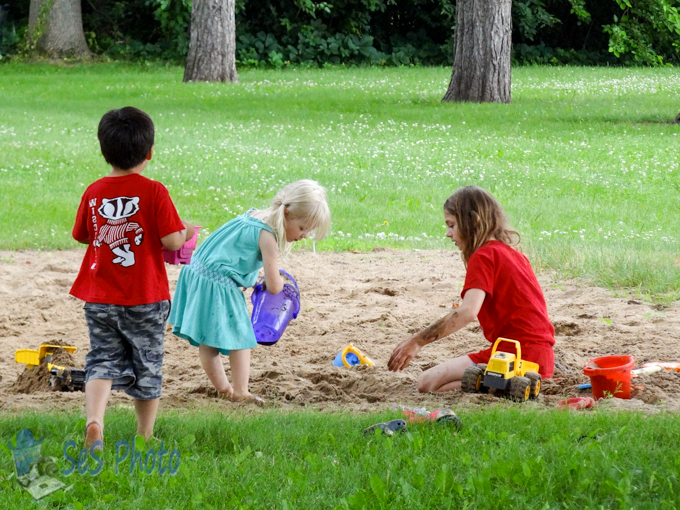Fireworks, parties and grilling out are common events for the 4th of July holiday. And with the 4th on a Tuesday this year, the various towns fireworks celebrations have been spread out on different days. Although I didn’t like the jerk who was shooting off fireworks at 2 am this morning or definitely didn’t like the idiot, who was shooting some off before the professional firework display started, since it malfunctioned and sent debris flying at the car I was sitting in.
Fireworks for the 4th






